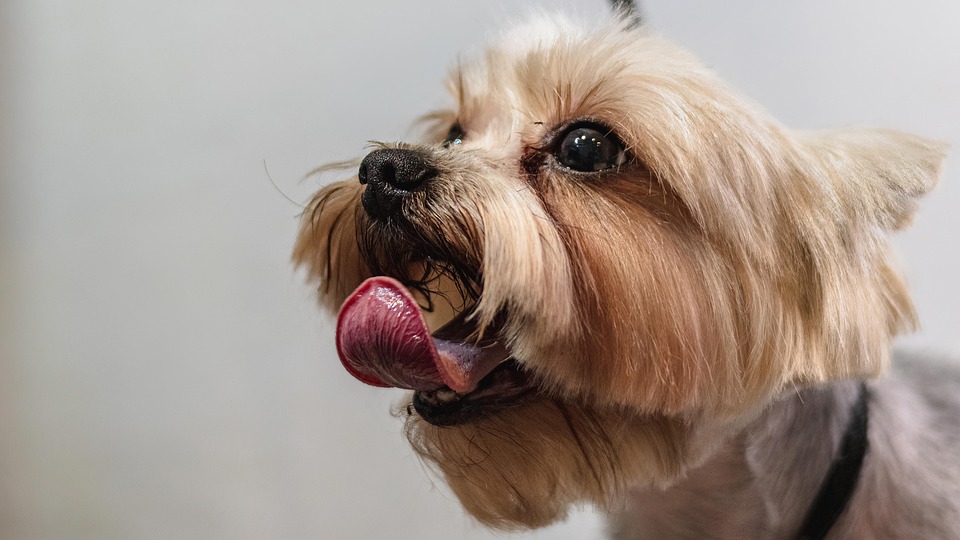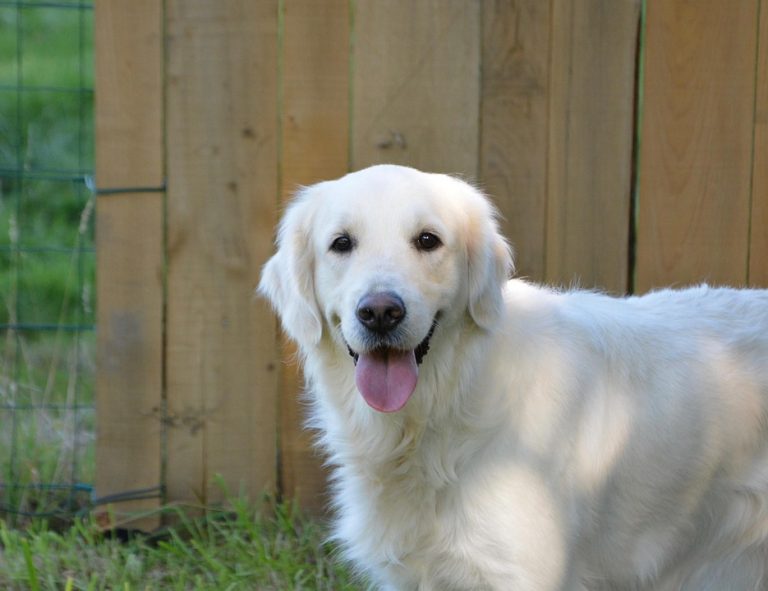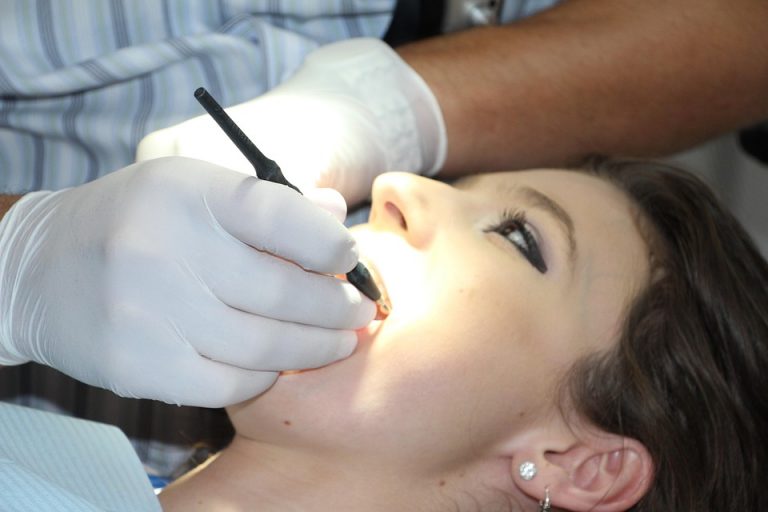Dog grooming tips help you keep your dog healthy, comfortable, and lovable. Dog grooming tips are the practical habits—brushing, bathing, nail care, ear cleaning, and more—that protect your dog from infection, pain, and discomfort. Think of grooming as daily first aid and relationship building rolled into one; done well, it prevents expensive vet visits and keeps your dog relaxed and confident.
I’ve trimmed and soothed more anxious pups than I can count, and I trust what veterinarians say: regular grooming uncovers skin problems early and supports overall health. The American Veterinary Medical Association and the Merck Veterinary Manual both note that routine care reduces disease risk, while behaviorists show that calm, consistent handling lowers stress. Read on for clear, experienced advice you can use tonight.
Contents
Dog Grooming Tips You Need To Start Today
Start with the simplest habit: touch and observe. Run your hands over your dog every day—feel for lumps, bumps, hot spots, fleas, or dry skin. That small ritual builds trust and trains you to notice changes before they become emergencies. The payoff is immediate: fewer surprises at the vet and a calmer dog during appointments.
Brush The Right Way
One of the clearest dog grooming tips I give owners is: match the brush to the coat. Use a slicker brush for long, flowing coats, a bristle brush for smooth coats, and a de-shedding tool for double-coated breeds. Brush in short sessions and praise your dog so grooming becomes a treat, not a chore. If mats form, work gently with a detangler or consult a groomer—forceful pulling causes pain and tears the skin.
Bathe With Purpose
Another top dog grooming tips rule: bathe only as needed, and choose a shampoo formulated for dogs. Human shampoos change skin pH and can worsen irritation; veterinary sources recommend pH-balanced products designed for canine skin (see the Merck Veterinary Manual for guidance). When you bathe, use lukewarm water, rinse thoroughly, and dry completely—moisture left in the coat invites yeast and bacteria. If your dog has a persistent odor or skin lesions, bring photos to your vet before bathing.
Trim Nails Safely
Nail care ranks high in dog grooming tips because overgrown nails change posture and cause pain. Learn to locate the quick—the blood vessel inside the nail—so you can trim safely, and keep styptic powder ready for accidents. Trim little by little, and reward your dog after each clip to build positive association. If your dog resists, ask a groomer or vet tech to show you technique; watching a professional makes the process far less frightening.
Care For Ears And Eyes
Ear cleaning appears on every list of dog grooming tips because infections are common and painful. Use a gentle ear cleaner and cotton balls—never insert cotton swabs deep into the canal. Check for redness, foul odor, or dark discharge; those signs usually mean an infection that needs veterinary treatment. Eye care is simple: wipe away discharge with a damp cloth and tell your vet if tear staining or cloudiness appears.
Protect Their Smile
Dental care is often overlooked, yet it’s a critical dog grooming tip that prevents bad breath and serious disease. Brushing two to three times a week with a canine toothbrush and toothpaste reduces tartar and gingivitis. Dental chews and water additives help between brushings, but they don’t replace a good cleaning when needed. Ask your vet about professional dental cleaning schedules—oral health affects the heart, kidneys, and more.
Manage Coats And Mats
When you follow dog grooming tips for coat care, you extend the life of the coat and avoid painful mats. Matted fur traps dirt and moisture, which leads to skin infections; gentle mat removal and regular trims are kinder than waiting until the dog is in pain. For thick or double coats, seasonal de-shedding helps reduce hair around the house and heat stress in summer. If the coat is severely matted, a professional groomer or a veterinarian should handle cutting to avoid skin nicks.
Know When To Call A Pro
Knowing which dog grooming tips to DIY and which to leave to professionals saves stress and injury. Puppies, seniors, anxious dogs, and those with medical conditions often do better in a professional setting where sedation or restraint is handled safely. Breed-specific trims—like poodles or spaniels—require a groomer’s skill to maintain function and looks. When in doubt, trust a certified groomer or your veterinarian.
Essential Tools For Home Grooming
Pack a basic kit based on dog grooming tips: slicker brush, comb, de-shedding tool, nail trimmers, styptic powder, dog shampoo, ear cleaner, and a soft towel. Keep everything in a bin that’s easy to reach so grooming never becomes an excuse to skip. Quality tools save time and reduce tugging; spend a little extra once and you’ll thank yourself. Clean and dry your tools after each session to prevent bacterial growth.
What To Keep Handy
- Slicker brush for mats and tangles.
- Narrow-toothed comb for finishing.
- Guillotine or scissor-style nail trimmers.
- Canine-specific shampoo and conditioner.
- Styptic powder and a first-aid kit.
These items fit the core dog grooming tips routine and make home care realistic.
Build A Calm, Consistent Routine
One of the kindest dog grooming tips I can give is to start slow, reward frequently, and stop if your dog shows stress. Short sessions of positive grooming reduce fear and teach patience. Pair grooming with treats, praise, and toys so your dog learns that staying still equals good things. If your dog has fear-based reactions, a veterinary behaviorist can offer strategies and, if needed, medication to ease the process.
Spot Skin Problems Early
Spotting red skin, scabs, chronic scratching, or sudden hair loss is a key dog grooming tips move that should send you to the vet. Early detection often leads to simple, effective treatment and fewer complications. The Merck Veterinary Manual and Cornell University provide searchable resources on skin conditions and signs to watch for. Photograph changes and record when they started; clinic staff appreciate specifics during triage.
Think Beyond The Brush
Some diet changes and supplements support coat health — another smart angle for dog grooming tips. Omega-3 fatty acids have peer-reviewed support for reducing inflammation and improving skin quality, but always consult your veterinarian before adding supplements. Hydration and balanced nutrition show up in the shine of a coat and the elasticity of skin. If allergies cause chronic grooming issues, an elimination diet or allergy testing may be the solution.
Safety Essentials And First Aid
Keep styptic powder, clean towels, a calm muzzle, and your vet’s number handy—this is basic dog grooming tips preparedness. Know how to stop a nail bleed, how to soothe a minor skin scrape, and when to escalate. A small first-aid course for pet owners builds confidence and keeps emergencies manageable. If a grooming accident seems severe, take the dog to an emergency clinic rather than risking delay.
How Often To Groom: A Simple Schedule
A simple plan follows breed and lifestyle: short-haired dogs may only need weekly brushing; long-haired and double-coated breeds often need daily attention; active outdoor dogs benefit from more frequent checks. Grooming frequency also increases with age—seniors often need a gentler, slower routine. Keep a calendar reminder and mark when you bathe, trim nails, and schedule professional grooming. Consistency prevents overwhelm and keeps your dog comfortable year-round.
Common Mistakes Owners Make
Avoid common traps: using human shampoo, cutting quicks, skipping regular checks, or trying to remove severe mats without help. Those actions create avoidable pain and vet bills. Instead, learn safe techniques, buy proper tools, and call professionals for complex jobs. Education and patience are the two best investments you can make as a dog owner.
Bottom Line
Bottom Line: these dog grooming tips are about care, comfort, and connection. They protect your dog’s health, prevent pain, and build a steady relationship between you and your pet. Use what you can at home, call in professionals when needed, and let your vet guide you on medical or behavioral concerns. Your dog will feel better and the two of you will enjoy more peaceful, joyful days together.
Be brave enough to start small and consistent. Your dog will thank you with a wag, a softer coat, and better health.
FAQ
How often should I brush my dog?
Brush frequency depends on coat type: daily for long or curly coats, two to three times a week for medium coats, and weekly for short coats. Increase brushing during shedding seasons to control loose hair and reduce mats.
Can I use human shampoo on my dog?
No. Human shampoos are formulated for different skin pH and can dry or irritate canine skin. Choose a veterinarian-recommended dog shampoo and consult your vet for sensitive-skin options.
What if my dog hates grooming?
Start with short, positive sessions and pair grooming with rewards. If fear persists, work with a trainer or veterinary behaviorist and consider professional groomers experienced with anxious dogs.
References
The American Veterinary Medical Association offers practical guidance on grooming and preventive care (https://www.avma.org/resources/pet-owners/petcare/grooming).
The Merck Veterinary Manual provides detailed information on skin disorders, ear infections, and grooming-related medical issues (https://www.merckvetmanual.com/).
The ASPCA outlines safe grooming practices and tips for ear, nail, and coat care (https://www.aspca.org/pet-care/dog-care/dog-grooming).
Cornell University College of Veterinary Medicine offers resources on dermatology and behavior that owners can use to recognize problems early (https://www.vet.cornell.edu/).
A PubMed review discusses the benefits of omega-3 fatty acids for skin and coat health in dogs (https://pubmed.ncbi.nlm.nih.gov/).








